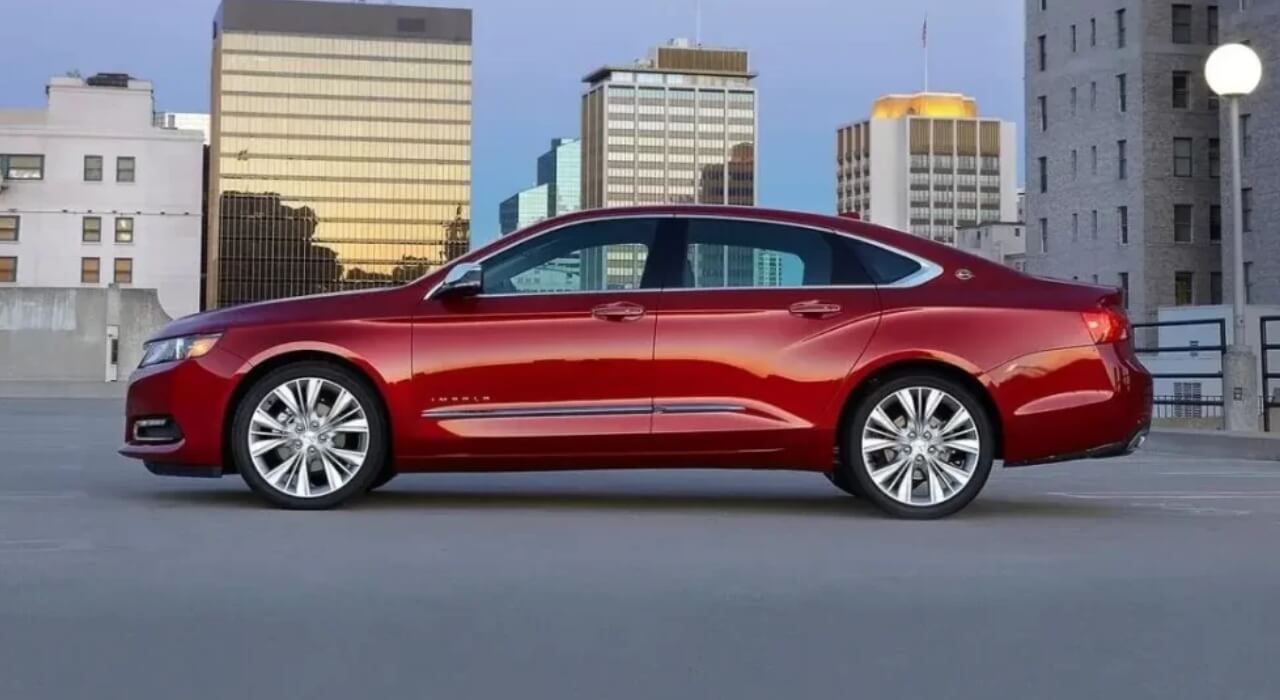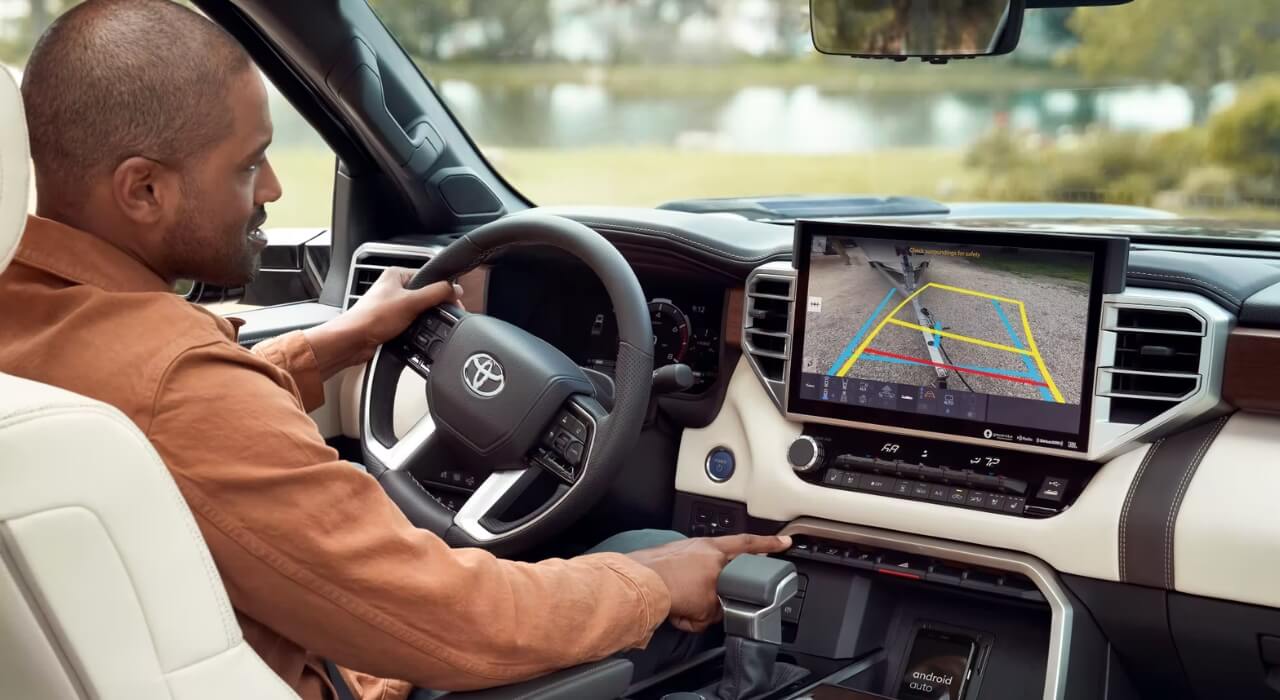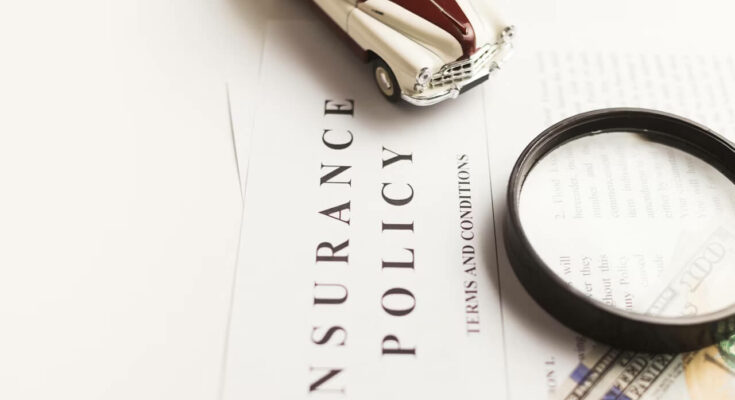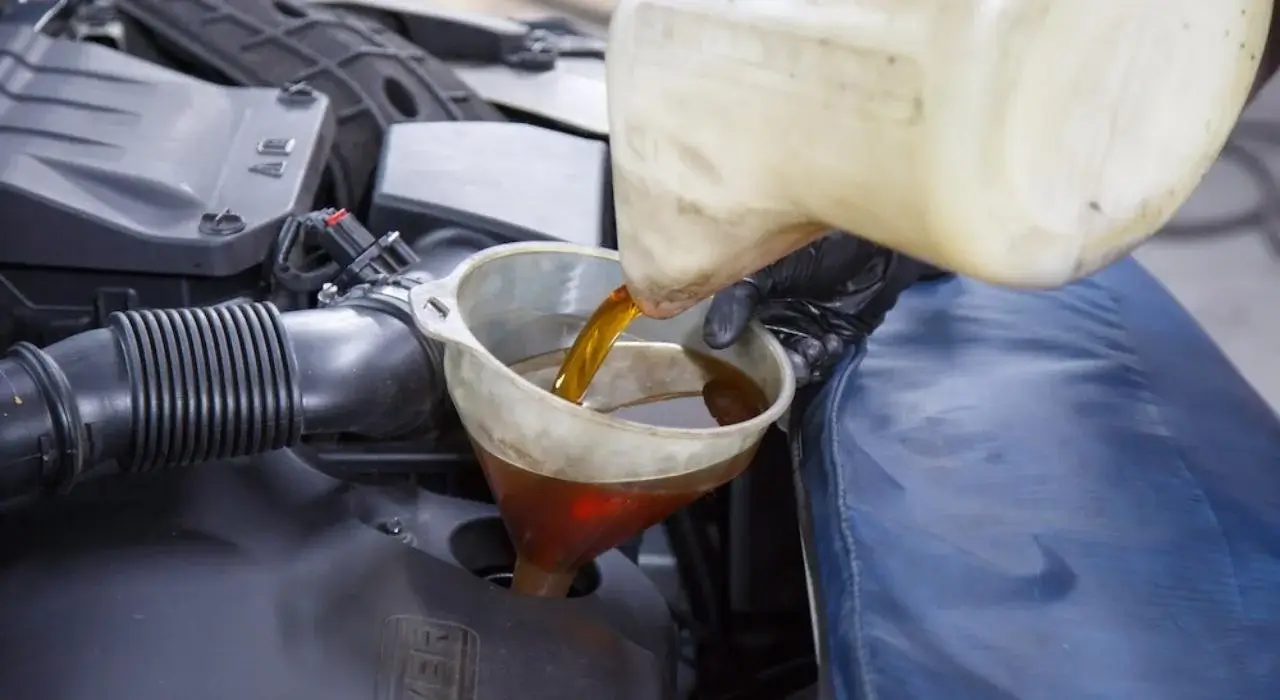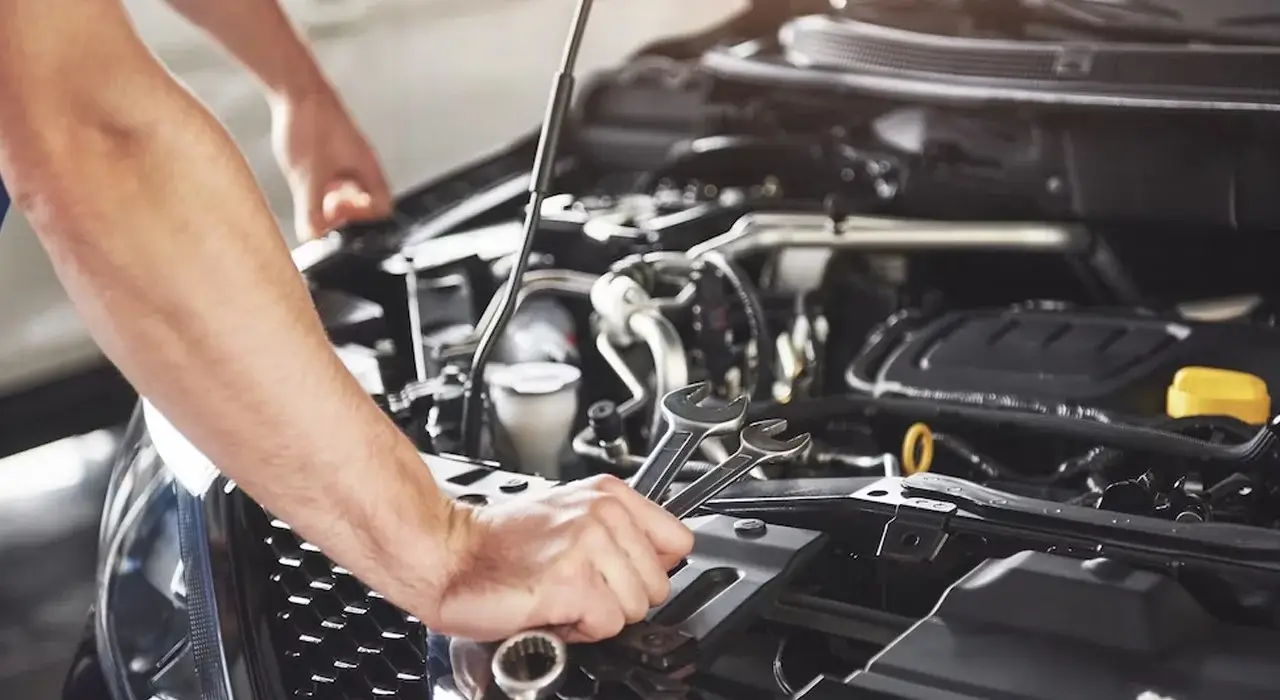Being involved in a hit-and-run accident can be a distressing experience. Unlike regular car accidents, where the at-fault driver’s insurance can be claimed, hit-and-run incidents leave the victim with more questions than answers. Understanding how insurance companies handle claims after such incidents can offer clarity and guidance on what steps to take next.
Understanding Hit and Run Accident Claims
When you’re the victim of a hit-and-run, the usual route of claiming against the at-fault driver’s insurance isn’t an option because the other driver has fled the scene. In these hit and run accident claims, your insurance coverage becomes your main source of potential compensation.
Uninsured Motorist (UM) or Underinsured Motorist (UIM) coverage is specifically designed for these incidents, helping cover costs for damages and injuries. Knowing the specifics of your policy to understand how you’re protected in these situations is crucial, making it easier to navigate the claims process with your insurer.
Reporting the Incident to the Police
Immediately reporting the incident to the police is not just a legal requirement; it’s a critical step in the claims process. The police report is formal documentation of the accident, providing your insurance company with the necessary details to proceed with your claim. This report can also be invaluable if the hit-and-run driver is later identified. Insurance companies often require this report as part of their fraud prevention measures to ensure the claim’s legitimacy.
Contacting Your Insurance Company
After ensuring your safety and filing a police report, the next step is to contact your insurance company. Doing so as soon as possible is crucial, as insurers have specific time frames within which you need to report incidents for hit-and-run claims.
Suggestion: 7 Best Lockable Pin For Trailer Hitch At Affordable Prices In 2024
Provide them with all available information, including the police report, photos of the scene, and any witness statements. This initial contact will kickstart the claims process, with your insurer outlining the next steps and what additional information they might require.
Understanding Your Coverage
It’s imperative to understand the details of your insurance policy. Uninsured Motorist (UM) coverage is a lifeline in hit-and-run scenarios, covering medical bills and, in some cases, damages to your vehicle. This coverage steps in to fill the gap left by the absence of the at-fault driver’s liability insurance. Knowing the extent of your UM/UIM coverage helps set realistic expectations for what expenses you can cover and any applicable limitations or deductibles.
The Claims Process
Filing a hit-and-run claim involves your insurer assessing the damage, reviewing the police report, and possibly conducting an independent investigation to confirm the details of the incident. This process establishes the claim’s validity and the extent of the damages incurred. Your insurer will determine the compensation amount based on this assessment, guided by the terms of your policy. Patience is key, as this thorough review ensures all factors are considered before settling.
Also Check: Do You Need To Pay Sales Tax On Cars In New Jersey?
Dealing with Delays and Challenges
Navigating a hit-and-run claim can sometimes be a slow process, fraught with delays, especially as insurers meticulously verify claims to prevent fraud. Providing comprehensive evidence and maintaining open communication with your insurer can aid in overcoming these hurdles. Being proactive, such as following up on your claim’s status and responding promptly to requests for additional information, can also help expedite the process.
What If You Don’t Have UM/UIM Coverage?
If your policy lacks UM/UIM coverage, you may face more significant challenges in recovering costs. Collision coverage might cover vehicle repairs but won’t address personal injury expenses. In such instances, exploring legal options with an attorney might uncover alternative avenues for pursuing compensation. They can advise on potential legal actions or other means of recourse available based on the specifics of your case.
Preventing Future Incidents
While completely avoiding hit-and-run incidents may not be possible, certain precautions can minimize risks. Staying vigilant, driving defensively, and parking in secure, well-lit areas can reduce vulnerability. Moreover, ensuring your insurance policy includes comprehensive coverage, like UM/UIM, prepares you financially for such unpredictable events, providing peace of mind and financial security.
Facing a hit-and-run can be daunting, but understanding how insurance claims work in these situations, knowing your coverage, and taking the right steps can significantly ease the process. Prompt action, from reporting the incident to the police to contacting your insurance provider, sets the foundation for a successful claim. While challenges may arise, being informed and prepared enables you to navigate these obstacles more effectively, ensuring you receive the support and compensation you’re entitled to after such a distressing event.







